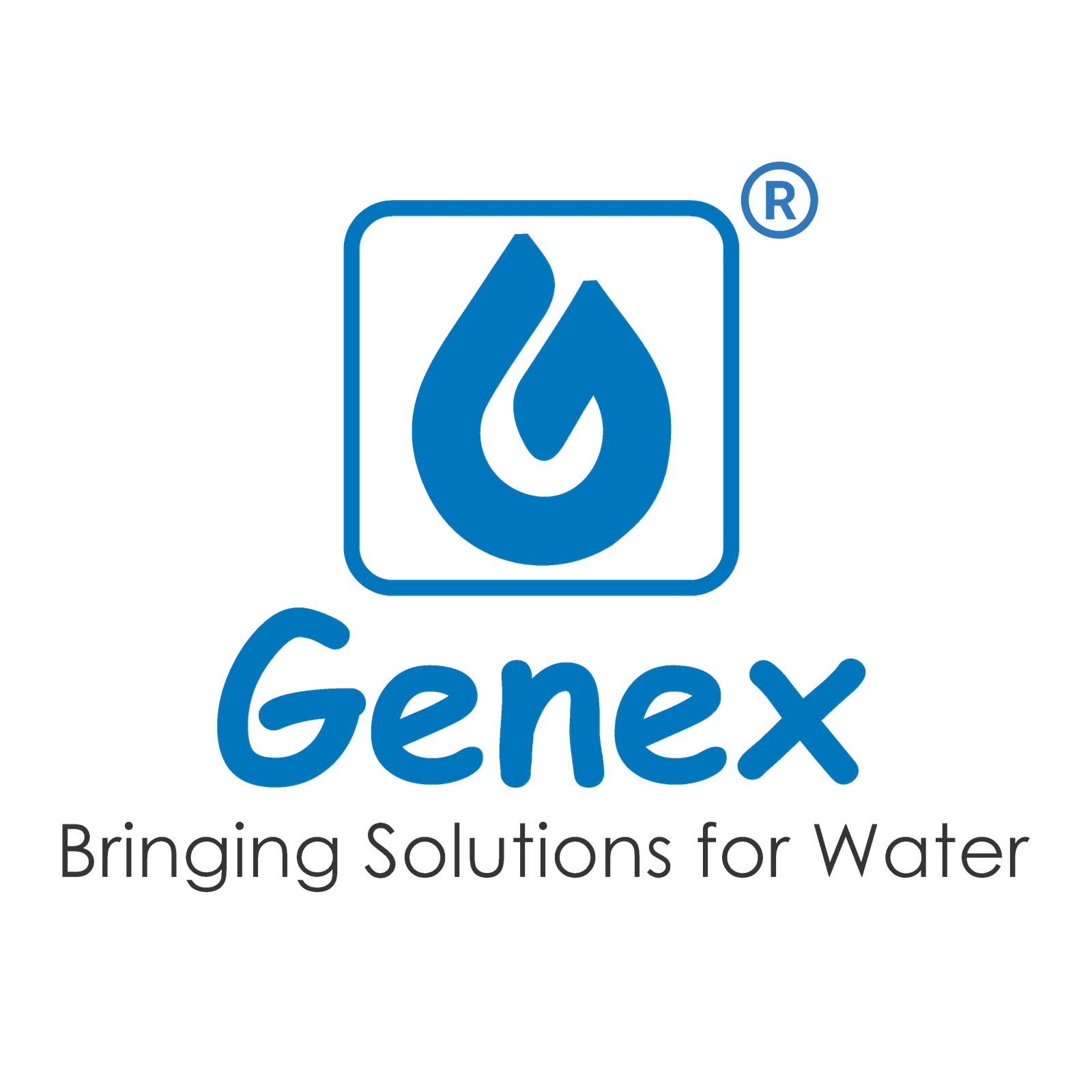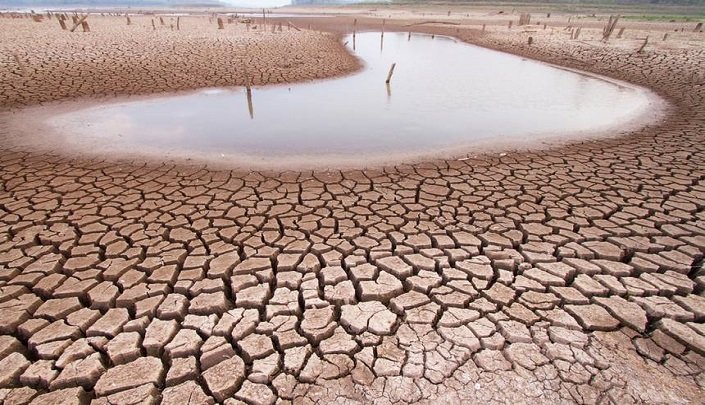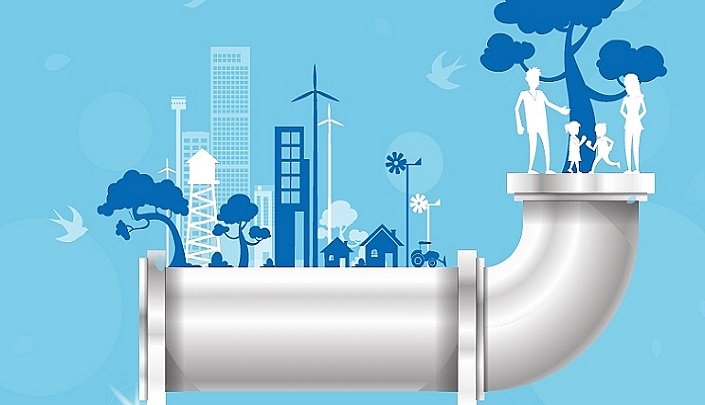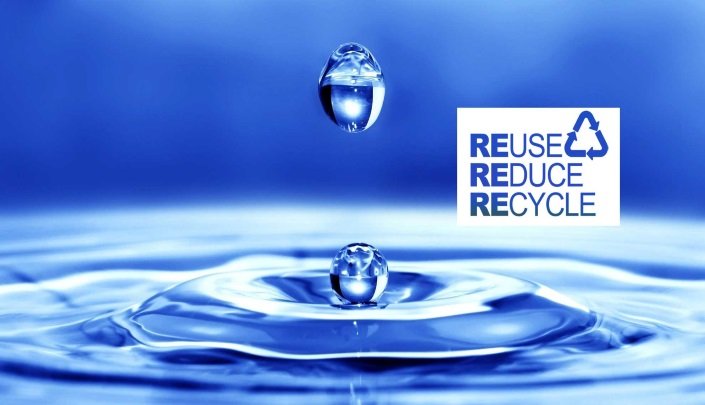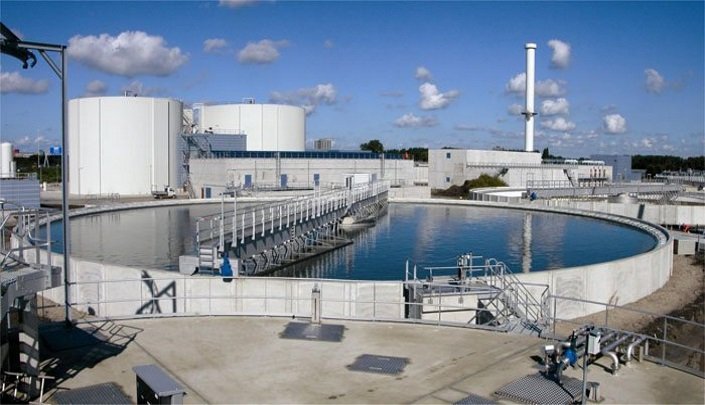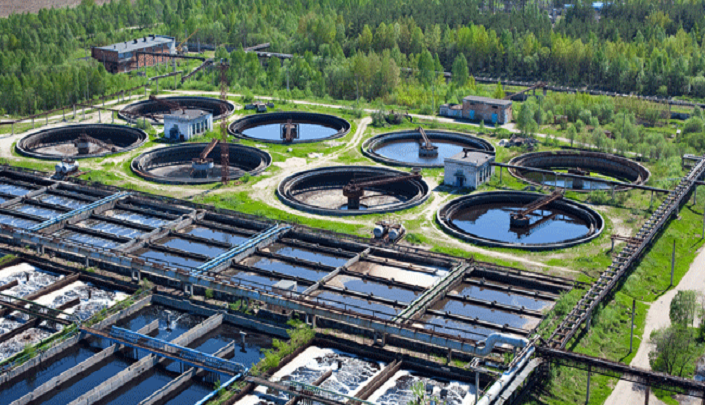

The waste-water from Municipal Corporation includes waste liquid from common households and industries. This waste is cleansed with an intention to cause lower threats to the environment to which it gets released into.
Sewage treatment generally involves three segments – Primary, Secondary, and Tertiary Treatments. Primary treatment involves the sedimentation process to eliminate pollutants. Secondary treatment uses the biological process to treat the settled sewage, while the tertiary process is the final stage which enhances the standard of the effluent. This level is also termed as the ‘effluent polishing level'.
Activated carbon filter process generally consumes unnecessary impurities from waste-water. Activated carbon is previously treated with oxygen. This assists the charcoal open up innumerable tiny pores. Activated carbon is exceedingly constructive concerning consumption of impurities from water. The best part of the process is that it can be produced easily anywhere in the world with only one drawback – filter wears out fast and needs replacement on a regular intervals.
Filtration process constitutes activated carbon to get rid of the residual contaminants from sewage waste. Carbon absorbs micro-pollutants such as chlorine, methane, organic compounds, and even the taste and odor from water.
Activated carbon filter removes chlorine from waste-water. It has a huge exterior area that makes it quite compelling to consume contaminants from waste-water. Chlorine removal process closes the wide pores of the carbon. Hence, impurities are eliminated. Activated carbon requires replacement as its potential to work lowers consistently. This procedure calls for less operating expenses.
Carbon in the activated carbon filter process also absorbs organic compounds. The potential of this process will depend on the physical properties of the surface area of the activated carbon, the amount of hydrogen and oxygen contains, the concentration level of the impurities, duration of the treatment, and of course the pH level of the water used.
Activated carbon filter process can also be used as a pre-treatment in other waste treatment methods. These include ion exchange resins and reverse osmosis process. Micro pollutants can be easily eliminated with this mixture of activated carbon and ozonation. It also raises the life span of activated carbon filters.
Benefits of Using Activated Carbon Filter
- * Capacity to consume contaminants goes as high as 90%
- * This filtration process is easy to operate
- * Low maintenance
- * Efficiently eliminates chlorine, organics, bad taste, and odor
- * Affordable –Lower installation expenditure
- * Operating costs – limited to filter replacement
- * Reliable and methodical
- * Best to eliminate bigger organic molecules
- * Can be implemented in households as well as at waste-water treatment plants
- * Materials used here are easily available
